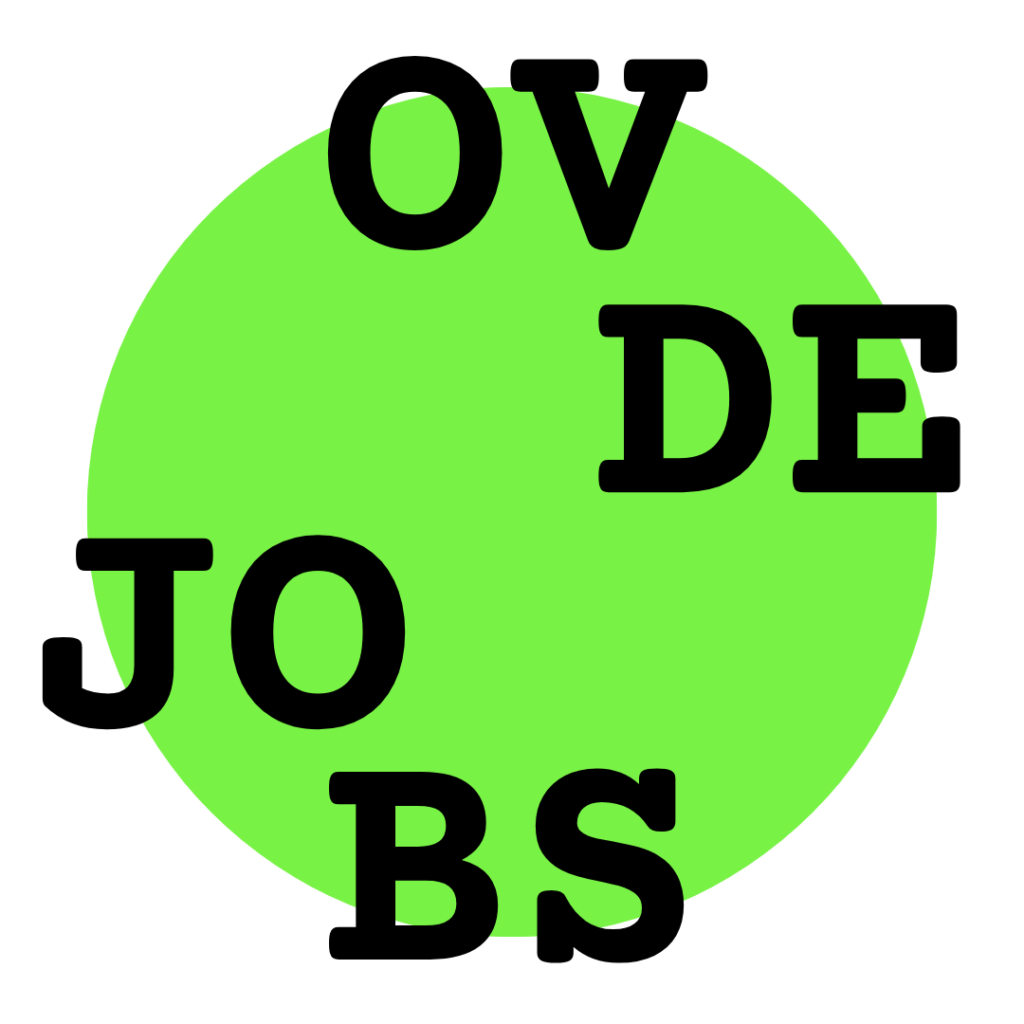Tips
Networking without cringe: how to write the first message and get a reply
For those who want results, not awkward small talk. Below: why you should reach out first, how to structure a message, where to network, and how to follow up politely.

Table of Contents
Why reach out first?
- You build a warm network. Even if nothing happens right away, you leave a trace: name plus context. A month later this person is more likely to reply because you’ve already crossed paths.
- You catch the moment while the topic is hot. Launches, releases, openings have short windows. Those who write on time are remembered in the context of the task.
- You grow your reputation. Respectful, concise, on-point messages make you the kind of person others enjoy working with.
- You increase the odds of “mutual fit.” Today you get one answer. Tomorrow an intro to the right person. The day after an invite to a quick call. Network effects compound.
The base: a concise first message
Context → Value → Question
One message equals one idea. Keep it short, but not choppy.
1) Context: why you’re writing now
Goal: give a clear touchpoint in 1–2 sentences.
Sample openings:
- “I saw your breakdown/release…”
- “I’m looking through your update/repo…”
- “We’re choosing/testing something similar…”
- “I liked how you simplified X…”
Why it matters: the reader instantly understands the situation and the reason to engage.
2) Value: how you’re relevant to this topic
Goal: show relevance in one line (result, experience, artifact).
- “After repackaging product pages we got +18% CR”
- “Built a FastAPI POC, 82% test coverage”
- “I have a one-pager checklist on validation”
- “Did N across M markets/languages”
Why it matters: without value your message becomes “let’s chat someday.” Specifics give a reason to reply now.
3) Question: simple and polite
Goal: ask for a small action that’s easy to answer.
- “May I ask one quick stack clarification? One sentence is enough.”
- “Do I understand correctly: you tested via A/B or feature flags?”
- “Where can I read more about this, docs or blog?”
- “Who is the right point of contact on this topic, PM or TL?”
Why it matters: small doors open easier. Big asks and vague “give me advice” get postponed.
Where to network: classic and unconventional
- When: B2B, hiring managers, formal touchpoints.
- How: short invite with context, then a message using the formula.
- Plus: easy to check profiles and mutuals.
- Note: fix your headline and About. They sell you before your message does.
Telegram
- When: startups, communities, faster feedback.
- How: even shorter; respect personal space; do not call without agreement.
- Useful: themed chats, channel comments, AMA sessions.
- When: you need structure or a file, or a “next step” after DMs.
- How: specific subject line (“Question about X” or “1-minute update”), 3–5 short paragraphs, one clear ask.
GitHub / Product forums / Issue trackers
- When: technical topics, open source, APIs.
- How: read docs and issues first, then ask a focused question with code or logs. Your reputation grows fast.
Comments and company blogs
- When: you can add value to the thread.
- How: a small insight or a helpful link in public, then a careful DM to continue the thread.
Online events, webinars, meetups
- How: ask a question in chat, then send a DM with “thanks plus one clarification.” Warms up the contact and raises the chance of a reply.
Niche newsletters and Slack/Discord communities
- How: brief intro in “introductions,” useful resource for members (guide, script, checklist), then targeted DMs.
How to write across channels
- Tone: neutral and friendly. Skip “ok/norm/heyyy.”
- Length: DMs up to 3–5 short lines. Email up to 120–150 words.
- Timing: the recipient’s time zone, weekdays, work hours.
- Format: one question leads to one expected answer.
- Attachments: by request, or after a heads-up (“I can send a one-pager”).
- Threads: in Telegram or Slack keep one thread per topic. Less noise, more replies.
Follow-ups
When to nudge:
- First follow-up after 2–3 days. The topic is still warm.
- Second after 10–14 days. New angle or small update.
- Third after 1.5–2 months. “Closing the thread if it’s not relevant anymore.”
When to stop: if three touches get no sign of interest, let it go. A silent negative impression is more costly than a missed reply.
Ten solid reasons to write
You can look for this kind of content on purpose to make your outreach more effective.
- New company release or update
- Public talk or case study
- A role where you are clearly relevant
- Open RFC, issue, or roadmap
- A discussion where you added value in comments
- Your own successful A/B test on a similar problem
- Launch in your region or language
- A neighboring tech stack you’re moving into
- Shared audience or channels, like e-commerce or fintech
- Overlap with your mini-research or checklist
Your profile is your business card
Who needs this: anyone who writes first on LinkedIn, Telegram, or email and wants the profile to support the message. Candidates, freelancers, founders, recruiters.
What to include and why:
- Headline (one line): role plus how you help in numbers or tools. The reader understands who you are before opening About.
- Short About (2–3 lines): domain, strength, recent result. Sets context for the value you mention in your message.
- Top 3 mini-cases (one sentence with a metric): “X for Y, result Z.” Confirms relevance fast.
- Links: portfolio, repo, résumé. No clutter. Your examples are ready without extra requests.
- Contacts: the channel where you respond quickly. Reduces friction for the next step.
Common mistakes and what to do instead
- “Hi! Can I ask a question?”
Use context plus value plus a specific question. Without context people don’t know why they should spend time. - “I’d love to connect and chat.”
Ask one narrow question that’s easy to answer. Broad asks create uncertainty and get postponed. - A long self-intro (“a bit about me…” for 12 lines)
Use one line of value plus a question. Extra details eat attention before the point. - Sending a 20-slide deck right away
Offer one screen or a link on request. Spark interest first, then share the full package. - Slang and over-familiar tone (“ok, norm, cringe”)
Use a neutral, polite voice. You’re not in the inner circle yet. Respect the distance.
You can find and apply to jobs on our website 💚



